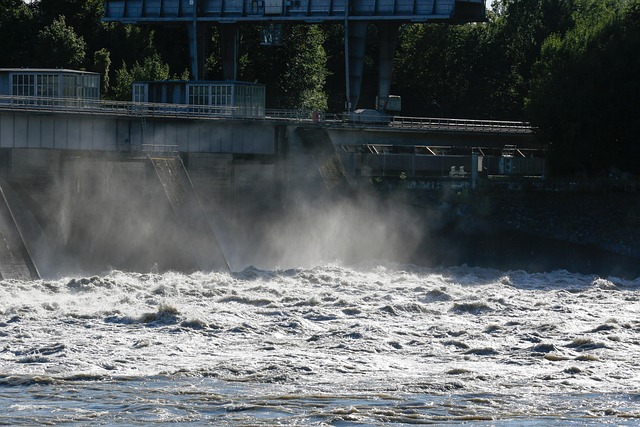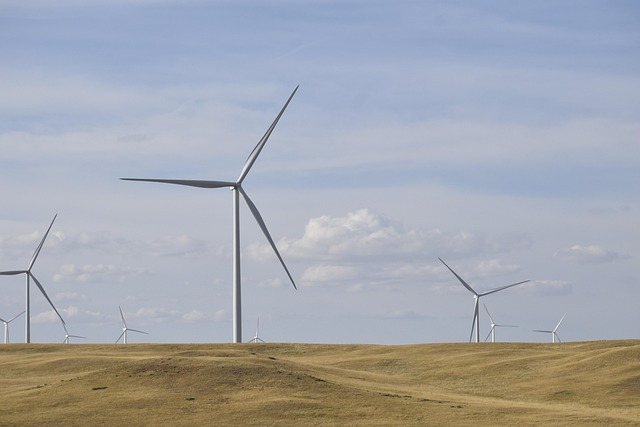
Powering the Future: How Hydropower Plants Contribute to Sustainable Development and Carbon Neutrality
The increasing urgency to combat climate change and ensure a sustainable future has led to a renewed interest in renewable energy sources. Among these, the hydropower plant stands out as a remarkable example of how natural resources can be harnessed to support sustainable development while simultaneously contributing to carbon neutrality. With the capability to generate electricity without emitting greenhouse gases, hydropower plants are a pivotal player in the transition towards a low-carbon future.
Sustainable development involves meeting the needs of the present without compromising the ability of future generations to meet their own needs. Hydropower plants exemplify this principle by providing a reliable source of renewable energy. They utilize the natural flow of water, often through dams or river systems, to create energy that can power homes, industries, and cities. This ongoing energy production contributes significantly to local economies, ensuring that communities can thrive without depleting their natural resources.
Moreover, the ecological footprint associated with hydropower generation is considerably lower than that of fossil fuels. By transforming kinetic energy from flowing water into usable electricity, hydropower plants reduce reliance on carbon-intensive energy sources. This not only significantly lowers the overall carbon emissions associated with electricity generation but also helps protect the environment, as the technology can be implemented in ways that minimize its impact on local ecosystems.
Advancements in green technologies further enhance the potential of hydropower plants. Innovations such as small-scale hydro systems allow for localized energy production which can lower transmission losses and empower communities to take charge of their energy needs. New turbine designs and improved water flow management strategies can maximize energy efficiency while ensuring that aquatic ecosystems are preserved, demonstrating a harmonious relationship between energy generation and environmental stewardship.
Furthermore, as nations strive to meet their climate goals under international agreements, the role of hydropower in achieving carbon neutrality has never been more critical. Many countries are implementing strategies to increase their renewable energy capacity, and hydropower is often at the forefront of these initiatives. By investing in and promoting hydropower development, governments can not only decrease their carbon footprints but also foster sustainable economic growth and create jobs in the renewable energy sector.
In conclusion, hydropower plants represent a bright beacon of hope in the fight against climate change. As we move toward a future where sustainable development and carbon neutrality are paramount, embracing the potential of hydropower is essential. It’s not just about building dams and generating electricity; it’s about creating a healthier planet for generations to come. By supporting and expanding hydropower initiatives, we can pave the way for a sustainable future, one where energy needs are met with respect for nature, ensuring that the ecological balance is maintained while achieving the aspirations of communities around the globe.



